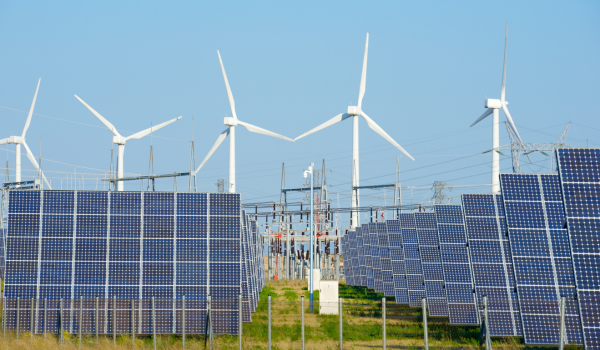As the world faces growing environmental challenges, renewable energy policy has become a cornerstone of efforts to reduce carbon emissions, mitigate climate change, and ensure a sustainable future. From early incentives for green energy to ambitious national commitments, renewable energy policies are evolving to meet the global demand for cleaner energy sources. This blog will explore key developments in renewable energy policy and offer a glimpse into the future of the sector.
1. Early Milestones: Government Incentives and Renewable Energy Growth
The journey of renewable energy policy began in the late 20th century when governments around the world recognized the need for cleaner energy alternatives. In the 1990s, countries like Germany and the United States began implementing policies to incentivize the development of renewable energy technologies such as wind, solar, and biomass. Programs like Germany’s Feed-in Tariffs (FITs) guaranteed fixed payments to renewable energy producers, making investments in green energy more attractive. These early policies set the foundation for the growth of the renewable energy sector, proving that cleaner energy could be a viable and profitable alternative to fossil fuels.
2. The Paris Agreement: A Global Push for Renewable Energy
A significant turning point in renewable energy policy came with the Paris Agreement in 2015, a legally binding international treaty on climate change signed by 196 countries. The agreement set ambitious targets for limiting global warming to well below 2°C, with efforts to achieve net-zero emissions by 2050. This commitment to reducing carbon emissions has accelerated investments in renewable energy, as countries recognize the importance of transitioning away from fossil fuels.
In response to the Paris Agreement, many countries developed long-term national energy strategies that prioritize renewable sources. For example, the European Union set a goal to produce 32% of its energy from renewables by 2030, while China, the world’s largest energy consumer, committed to achieving carbon neutrality by 2060, placing a strong emphasis on renewable energy infrastructure.
3. Technological Advancements and Cost Reductions
Over the past decade, technological innovations in renewable energy have dramatically reduced costs, making clean energy more competitive with fossil fuels. Solar panels, wind turbines, and energy storage technologies have become increasingly efficient and affordable. The cost of solar energy has fallen by more than 80% since 2010, while wind energy costs have also significantly decreased. These advancements have made renewable energy a more attractive option for governments, businesses, and consumers alike.
Many countries are now scaling up their investments in renewable energy infrastructure, with wind and solar power becoming the fastest-growing sources of energy worldwide. Additionally, breakthroughs in energy storage technologies, such as advanced batteries, have helped address the intermittency challenges of renewable sources, ensuring a more reliable energy supply.
4. The Role of Subsidies and Carbon Pricing
Subsidies and financial incentives continue to play a significant role in the development of renewable energy. Governments around the world provide various incentives, including tax credits, grants, and rebates, to encourage investment in clean energy technologies. In the United States, for instance, the Investment Tax Credit (ITC) has been instrumental in the growth of the solar industry, offering tax deductions for solar panel installations.
In addition to subsidies, carbon pricing mechanisms such as carbon taxes and cap-and-trade systems are being implemented in many countries. These policies put a price on carbon emissions, encouraging companies to reduce their reliance on fossil fuels and shift to renewable energy sources. Carbon pricing has become a critical tool for governments looking to meet their climate targets while fostering investment in green energy technologies.
5. The Future of Renewable Energy Policy: Ambitious Goals and Global Collaboration
Looking ahead, the future of renewable energy policy is filled with opportunities and challenges. Governments are expected to continue setting ambitious renewable energy targets, with many countries aiming to achieve net-zero emissions by 2050. This will require not only increased investment in renewable energy but also large-scale infrastructure development, such as smart grids and interconnection networks to support the integration of renewables into national energy systems.
Additionally, the future of renewable energy policy will likely see greater collaboration among countries, industries, and research institutions. Global partnerships focused on innovation, energy transition, and climate resilience will be essential in ensuring the widespread adoption of renewable energy and meeting global climate goals. Public-private partnerships will also play a critical role in funding and scaling up renewable energy projects.
Conclusion
Renewable energy policy has evolved significantly, with key milestones such as government incentives, the Paris Agreement, and technological advancements driving the transition to cleaner energy. As the world moves toward a sustainable future, continued policy development, innovation, and global collaboration will be essential. The future of renewable energy is bright, and with continued investment and ambition, we can expect a cleaner, more sustainable energy landscape in the years to come.

